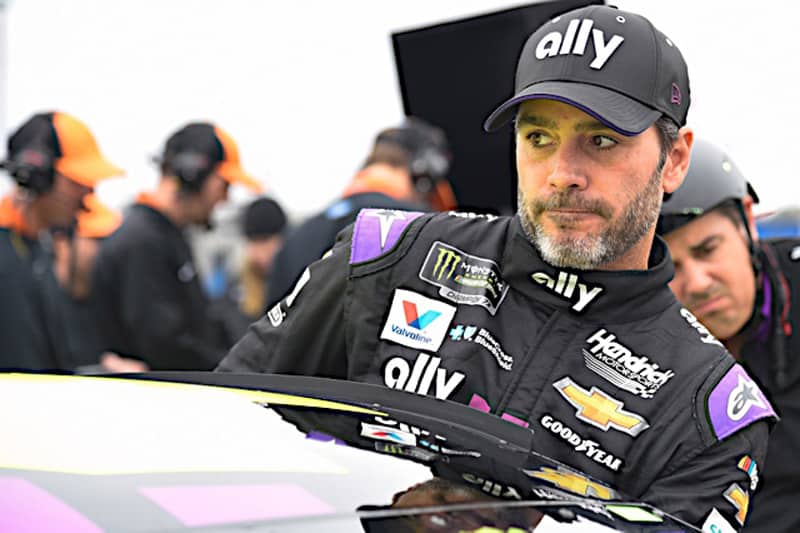The playoffs.
The name has changed, but NASCAR’s 10-race championship format has been a bone of contention among fans since 2004. Prior to that, the champion was determined in a simple (and, some would argue, more accurate) way: the driver with the most points at the end of the season won.
But in the early 2000s, NASCAR was booming, and for the first time in 30 years, had a new title sponsor as well as television partners, and they all wanted those made-for-TV moments that postseason play often sparks, so the Chase it was and the playoffs it is.
The rules have changed drastically since the postseason came into play, and that makes it hard, really hard, to compare championships over the last 20 years (let alone with the 55 years before). It began with a simple points reset for the top 10 drivers and a 10-race stretch for a champion to emerge while still using the Latford points system, to the one-point system, to the multiple rounds and eliminations that we have today.
They say in racing that sometimes it’s better to be lucky than good.
Over the long run, of course, being good is what wins races and positions drivers for a title. But Lady Luck has her role, too.
One place where she intervenes is the points reset. Before and after that, drivers have to be good, but the reset has made quite a few lucky … and killed the title hopes of some who were very good.
In the 18 complete seasons when the title has been decided by the Chase/playoff system, the eventual champion has been the point leader after the 26th and final regular season race but before the reset just four times (Tony Stewart in 2005, Martin Truex Jr. in 2017, Kyle Busch in ’19 and Kyle Larson in ’21 for the stats people). Most of those have come since the playoff seedings are determined by wins and playoff points.
That’s possibly because the drivers who won titles from 2004-2013, who are mostly Jimmie Johnson and Stewart with a sprinkling of Kurt Busch and Brad Keselowski, figured out that they could spend a lot of the regular season basically testing and then take what they learned and blindside the field in the playoffs.
They weren’t doing it wrong, by the way; they were doing exactly what it took to win under the rules, and it worked to their favor. But someone decided that was almost as boring as a full-season champion and the current system was born.
Still, some drivers have been luckier than others when it comes to making gains at the reset under any system, and…
Click Here to Read the Full Original Article at Frontstretch…

